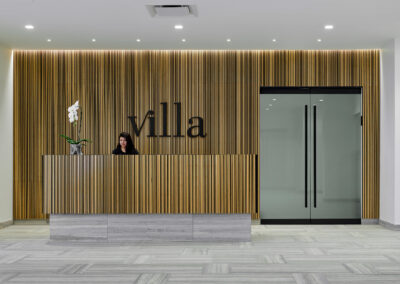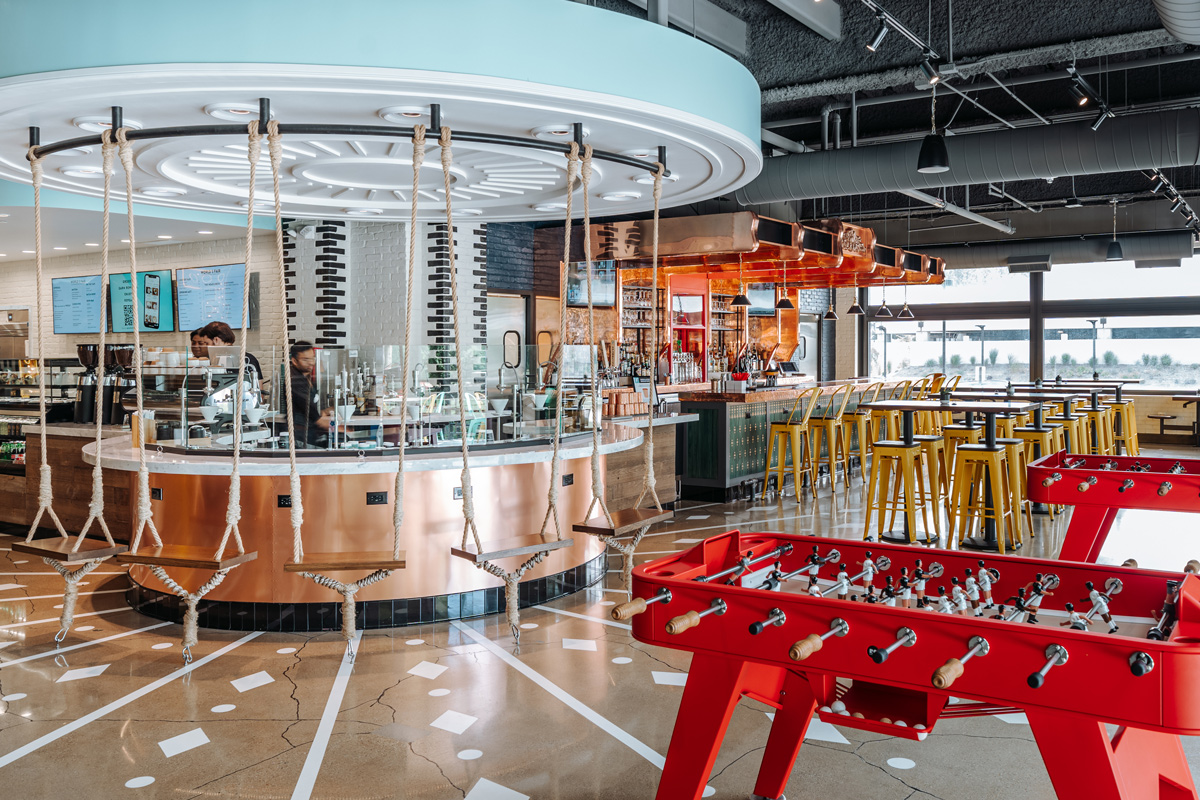
Strategize. Imagine. Transform.
Results-Driven Design-Build Construction Firm
At ML Group, we believe that exceptional results stem from an integrated process and approach. As a leading Chicago design-build construction firm, we unite strategy, design, and construction to deliver projects that maximize efficiency, enhance value, and align with client goals.
We are a Chicagoland-based design-build construction firm with a national reach. Our expertise in development-centric strategies, Integrated Project Delivery (IPD), and seamless project execution enables us to create innovative, high-performance spaces across the country.
Featured Work
Thought Leadership
Flight to Quality in Hospitality Spaces
The Flight to Quality in Hospitality DesignDrivers Behind the Flight to Quality in Hospitality DesignSince the onset of the COVID-19 pandemic, flight to quality has moved beyond real estate jargon to become a guiding principle across multiple industries. In the...
The Flight to Quality in Post-Acute Healthcare design
The Flight to Quality in Post-Acute Healthcare DesignHow Design Is Transforming Skilled Nursing Facilities and Why Hospitality-Inspired Design Is the New Standard in Post-Acute and Skilled Nursing EnvironmentsIn the wake of the pandemic, the “flight to quality” has...
The Flight to Quality in Multifamily Housing
The Flight to Quality in Multifamily HousingRedefining Value: What Today’s Tenants Want and Tomorrow’s Assets RequireSince the onset of the pandemic, a decisive shift has been underway across nearly every corner of the real estate industry: a decisive flight to...
Our Design-Build Process
Strategize.
Strategic Development Solutions
We begin with strategic planning—assessing project feasibility, ROI, and long-term value to align with client objectives.
Imagine.
Excellence in Design
Our integrated team brings innovative concepts to life, balancing creativity with practicality.
Transform.
Collaborative Construction Delivery
With a focus on efficiency and execution, our construction delivery ensures seamless project completion—on time and within budget.













